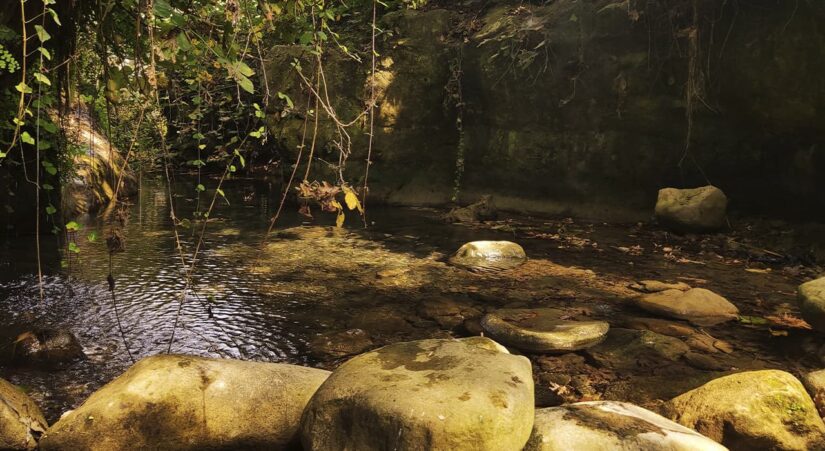Nile Valley in Egypt
Egypt is commonly referred to as the “gift of the Nile” because without the river this fertile and populous land, not to mention the great civilization that emerged five thousand years ago, would not exist at all. The peculiarity and history of the country was largely influenced by the stark contrast between the abundance of the Nile Valley and the Delta and the scarcity of the surrounding desert. For the ancient Egyptians this was their homeland – Kemet (“Black Earth”), rich in fertile Nile, where nature and people flourished under the shadow of merciful gods – as opposed to the desert, the embodiment of death and chaos, which was under the rule of Seth, god of winds and natural disasters.
The existence of the country of Kemet depended on the annual miracle of rebirth – the flood, when the Nile rose and poured its life-giving waters, bringing fertile silt to the exhausted land. When the waters receded, the fellahs (farmers) simply sowed their grains in the silt, waited for the rich crops to ripen, and rested from work throughout the summer months. Empires were born and died, and this way of life remained virtually unchanged for more than 240 generations, until 1967, when the construction of the high-altitude Aswan Dam put an end to the annual floods. It is amazing how ancient these traditions were, especially when you consider that Christ lived less than 90 generations ago.
Evidence of ancient eras literally lies beneath your feet here. Almost every city or village on the Nile is built on the layers of previous settlements – the time of the pharaohs, the Ptolemies, the Roman or Byzantine period. Often their ancient names, translated in Arabic, are also preserved. When the first “archaeologists” – treasure hunters – turned their attention to ancient temples and tombs in the 1930s, they had to sift through cubic meters of sand and debris to reach their goal.
Centuries-old deposits of sand saved the beauty of many ancient bas-reliefs and carvings from Christian and Muslim iconoclasts, who smashed to pieces images of pagan gods on friezes and columns and stole stones from ancient masonry to build their own churches and mosques. After 150 years of research by scientists from almost all Western nations (and, since Egypt’s independence, by local archaeologists) the Nile Valley monuments have become the world’s greatest open-air museum.
On the banks of the river excavated several thousand tombs (in Thebes alone there are more than 900) and dozens of temples. There are so many monuments that most tourists feel satiated with antiquities after seeing only a small part of them. To really enjoy your stay in the Valley, you should be selective and alternate sightseeing with river rides on feluccas, visits to bazaars and camel markets or some exotic festival – maulid.
Many tourists go directly to Upper Egypt by plane or train to Luxor or Aswan, and from there they take day trips to nearby attractions (most often the Idfu cult complex) and from Luxor to the temples and tombs of Karnak and the Necropolis of Thebes. Middle Egypt suffered terrible terrorist attacks by Islamic militants in the 1990s; at the time, most tourists went on day trips to the temples of Dendera and Abydos. These days, however, adventurers are once again visiting the tombs of Beni-Hasan and the ruins of Ehnaton’s capital at Tell el-Amarna.
